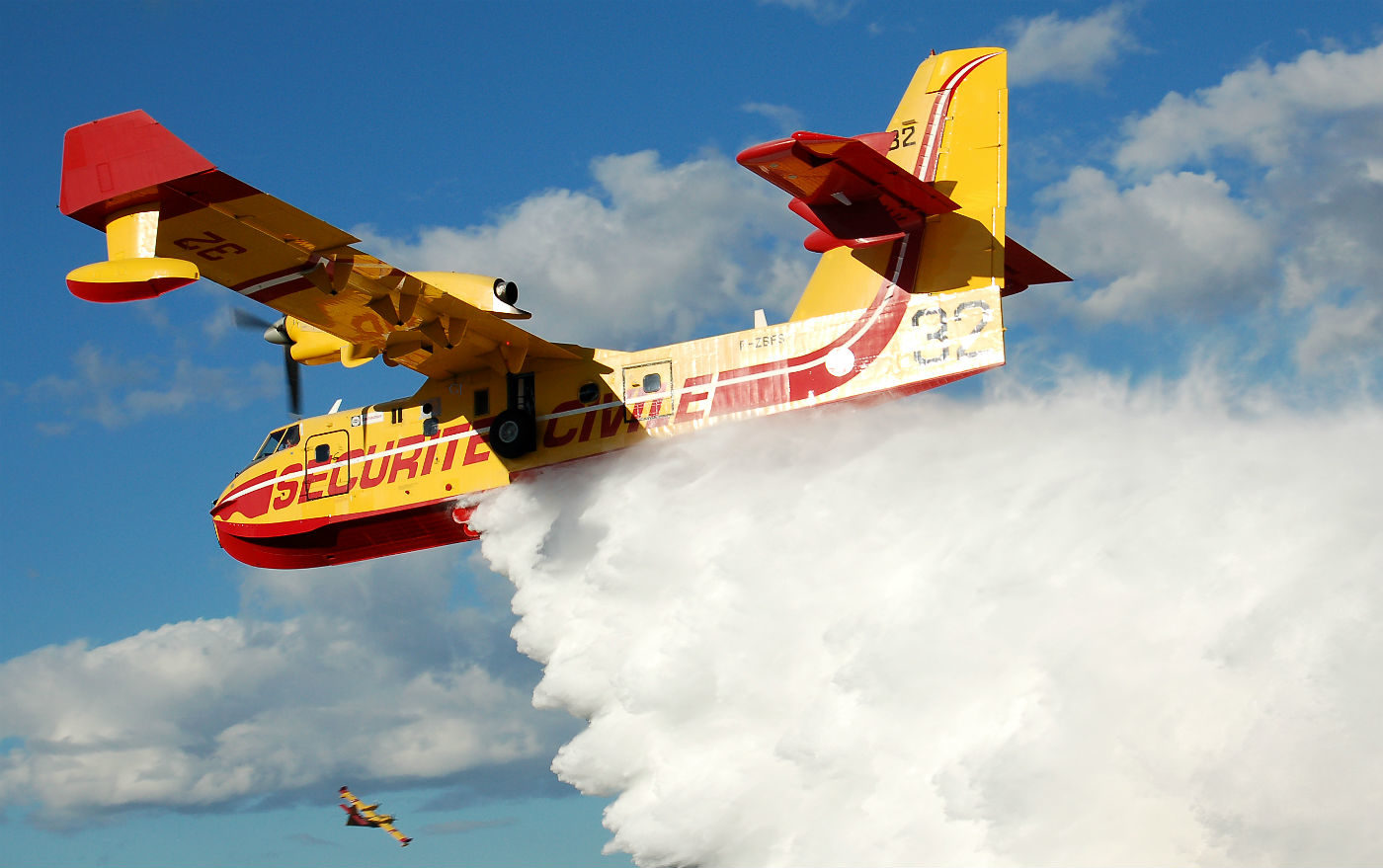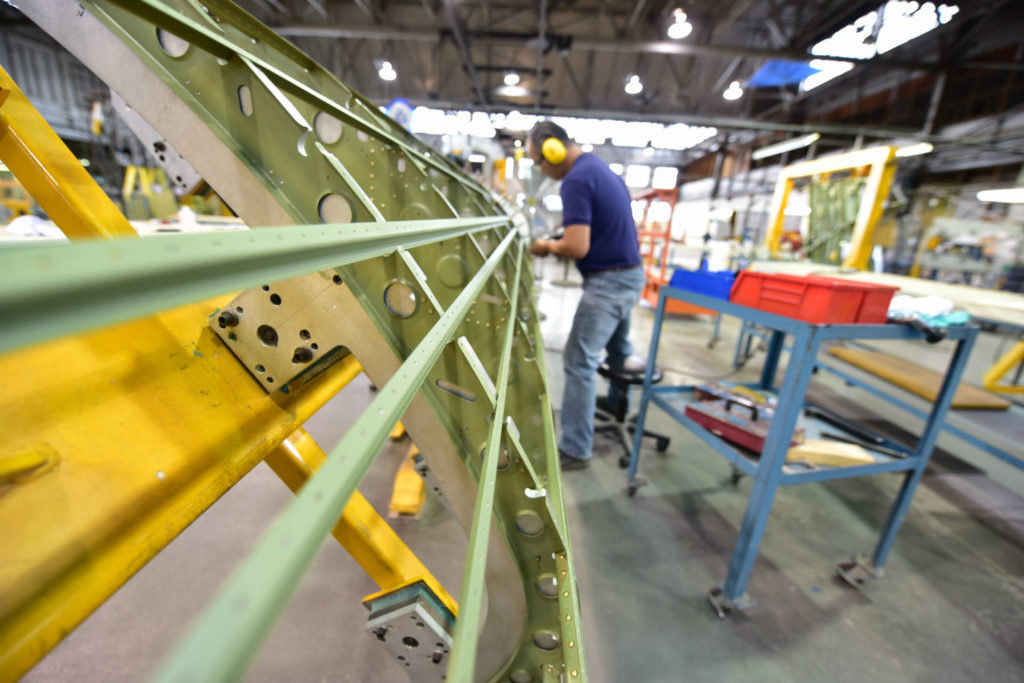Estimated reading time 7 minutes, 22 seconds.
A panel of Canadian aerospace executives agrees with KPMG’s 2017 CEO Outlook that recruitment is a key concern for the future success of their business.

In fact, 91 per cent of the Canadian CEOs surveyed by the accounting firm said they planned to increase their recruiting budget over the next three years.
It’s a sentiment shared by aerospace executives who took to the stage during the 2017 Aerospace, Defence and Security Expo (ADSE) in Abbotsford, B.C. The panel–which included Tracy Medve, president of KF Aerospace; David Curtis, president and CEO of Viking Air Limited; and Guy Borowski, vice-president of North American operations for Heli-One–also confirmed that innovation and the development of “disruptive technology” is an important focus, as it was for 86 per cent of Canada’s corporate leaders in the KPMG survey.
“It will be a huge problem for us if we don’t get the talent we need,” said Curtis, whose company builds the Twin Otter Series 400 and is now considering resuming production of the CL-415 waterbomber, the rights to which it acquired from Bombardier in June 2016.
Medve of KF Aerospace agreed. “We have a current [recruitment] problem for sure, particularly in the structures trade, and it has been going on for about a year now,” she said. “Because of the nature of the work we do, we are a bit of a niche MRO in some respects because we’re working with classic and Jurassic aircraft. We are going to every school we can and we host an Okanagan College structures program at our facility in Kelowna.”
She said her company has also had great success with an in-house training program where long-time technicians are paired with apprentices to familiarize them with necessary on-the-job skills.
Game-changing technology
Curtis predicted that 3D printing and manufacturing will be adopted by the aerospace industry late in the game, but that it will herald massive changes in the way business is done.
“It will disrupt this business when it hits aerospace,” he said. “It used to be about composites. I think that 3D printing will be huge on the CL-415 program.”

Curtis said resuming 415 production will require an innovative approach that reduces parts count to cut costs and assembly time. As well, he noted that Viking will need to figure out how to equip the cockpit with night vision technology to fight fires at night.
Borowski said his dream is that one day companies will be able to manufacture a part on-site through 3D printing–on demand and at a fraction of the cost of ordering it from the original equipment manufacturer (OEM).
“It would be like instant supply chain,” he said.
He noted that Heli-One is putting effort into identifying the technologies that will help them fix parts and reduce turnaround time.
“The key is to reverse engineer; we’re certainly putting effort there. So far, 3D printing has been very useful to us–when we do a glass cockpit we 3D print the instrument panel to make sure the fit is perfect.”
Innovation at work
All the panellists agreed that fostering innovation while striving toward lean, efficient operations is the way of the future.
“We’ve been thinking about a predictive maintenance analytics program for our customers to help them plan for heavy maintenance on the older type of aircraft we work on,” said Medve, who added that KF Aerospace has made a heavy investment in IT.
For his part, Curtis envisions a strong Western Canada supply chain cluster anchored by Viking’s production of the Twin Otter Series 400 and the new CL-415 waterbomber.
“You have to have an OEM to foster that supply chain; a centre that will grow and develop that supply chain. Government must support these kinds of things,” he said.
Viking has also taken an innovative approach to its Twin Otter Series 400 program. It has purchased a Level D simulator to help train seaplane pilots for its clients.
“If you think about our airplane as a seaplane and the global market and opportunities for it …. We can build airplanes as fast as we want, but I can’t get seaplane captains. By getting a sim, we can compress the amount of time that we can train the crews,” said Curtis.
All of the executives on the panel indicated interest in establishing strategic partnerships in areas such as additive manufacturing and product testing.
Global outlook
Borowski said Heli-One is optimistic about future business.
“We’re quite bullish for our particular niche,” he explained. “We have customers that will ship helicopters to us, or we’re sending teams to Asia to work. There is a lot of opportunity for us right now.”
Viking also sees a rosy future for the resurrected CL-415.
“Europe is a testament to that brand and we see that aircraft utilized. We also see maritime patrol,” said Curtis. “On the Twin Otter, geopolitical things are impacting us. China has been way slower than anyone thought from a growth point of view. We’re dealing with these things that have nothing to do with our product.”
For KF Aerospace, a lower Canadian dollar and cheaper oil prices have a direct impact on business.
“We’re providing services and not really goods,” explained Medve. “Our business comes from all over because we have a competitive dollar. U.S. MROs are not providing good service. With the dollar low, our customers can get really good value for their money.”
The panel also indicated that cyber security, brand management in the social media age, and the fluctuating cost of fuel are concerning. However, hiring is one of the top priorities.
“Honestly, the biggest risk right now is trying to find the right people,” concluded Medve. “We can only extract so much time from the people we have. If we don’t recruit, our business can’t grow.”









It is not about the recruiting budget it’s about the PAY. There is plenty of talent out there but many get attracted into other industries that recognise their talent and skills and not only pay more but don’t get into a cycle of lay-offs and rewarding execs for those lay-offs. Look at how many workers the companies mentioned in the article have fired over the past few years due to poor management, a weak dollar (admittedly at times), poorly constructed contracts with OEMs. And look at executive compensation at those companies.
A recently graduated red seal plumber can earn more than an aircraft mechanic.
What kind of people are you looking for? -Manufacturing, R&D, Sales Management, Aerospace Executives?